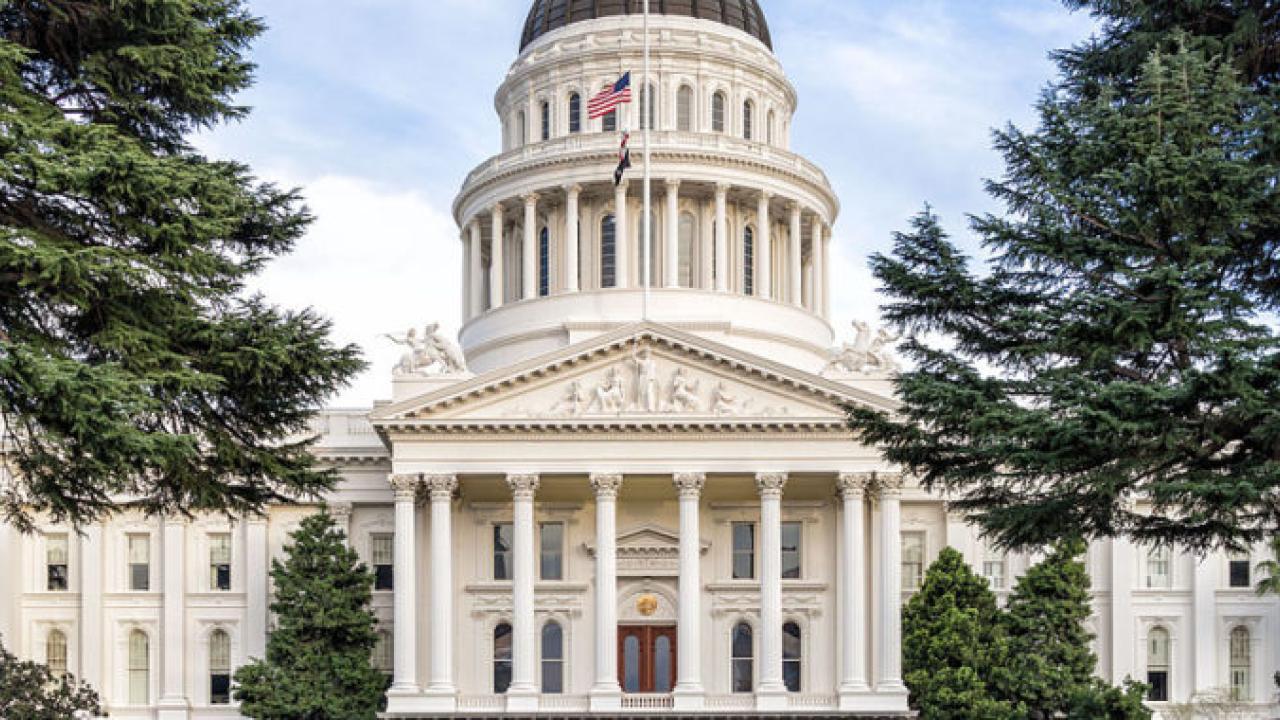
California’s new economic recovery plan prioritizes Zero Emissions Vehicles
What’s Happening
Governor Gavin Newsom is proposing a $4.5 billion economic recovery plan to kick off the 2021-2022 budget. Alongside helping Californians and small businesses through the COVID-19 pandemic, the proposed recovery plan will dedicate a third of the budget to the transition to zero-emission vehicles (ZEVs) by 2035. Nearly $1.5 billion will be invested in the construction of electric charging and hydrogen fueling stations for ZEVs in the private market and in subsidies for low-income Californians purchasing ZEVs. The funds propose to support the state’s zero-emissions goals while creating and supporting jobs, economic growth, and improved air quality benefits during California’s recovery. The remainder of the budget will be allocated to workforce development and retention, fee waivers and grants for small businesses who had to stop or reduce operations as a result of the pandemic, funds for deferred maintenance of state infrastructure, and the development of more than 7,500 new permanently affordable homes. As the confirmed COVID-19 cases continue to rise in California and bring about economic changes, California’s priority is to provide equitable, broad-based recovery.
Here’s Our Take
The proposed plan, while providing necessary economic relief for Californians and businesses affected by the COVID-19 pandemic, will support Newsom’s executive order to phase out the sales of gasoline powered vehicles by 2035. The executive order, announced in September 2020, is focused on reducing the state’s dependence on fossil fuels and supporting workers and job retention and creation. Researchers at UC Davis estimate that the cost of transition to an all ZEV market by 2035 will require an investment of around $20 billion that then pays off in fuel savings and reduced vehicle maintenance, as well as reduced emissions. $1.5 billion is a significant initial investment to kick-start this transition. However, to sustain the funding for the transition a new, separate funding system may be necessary to provide additional financial incentives for consumers.
